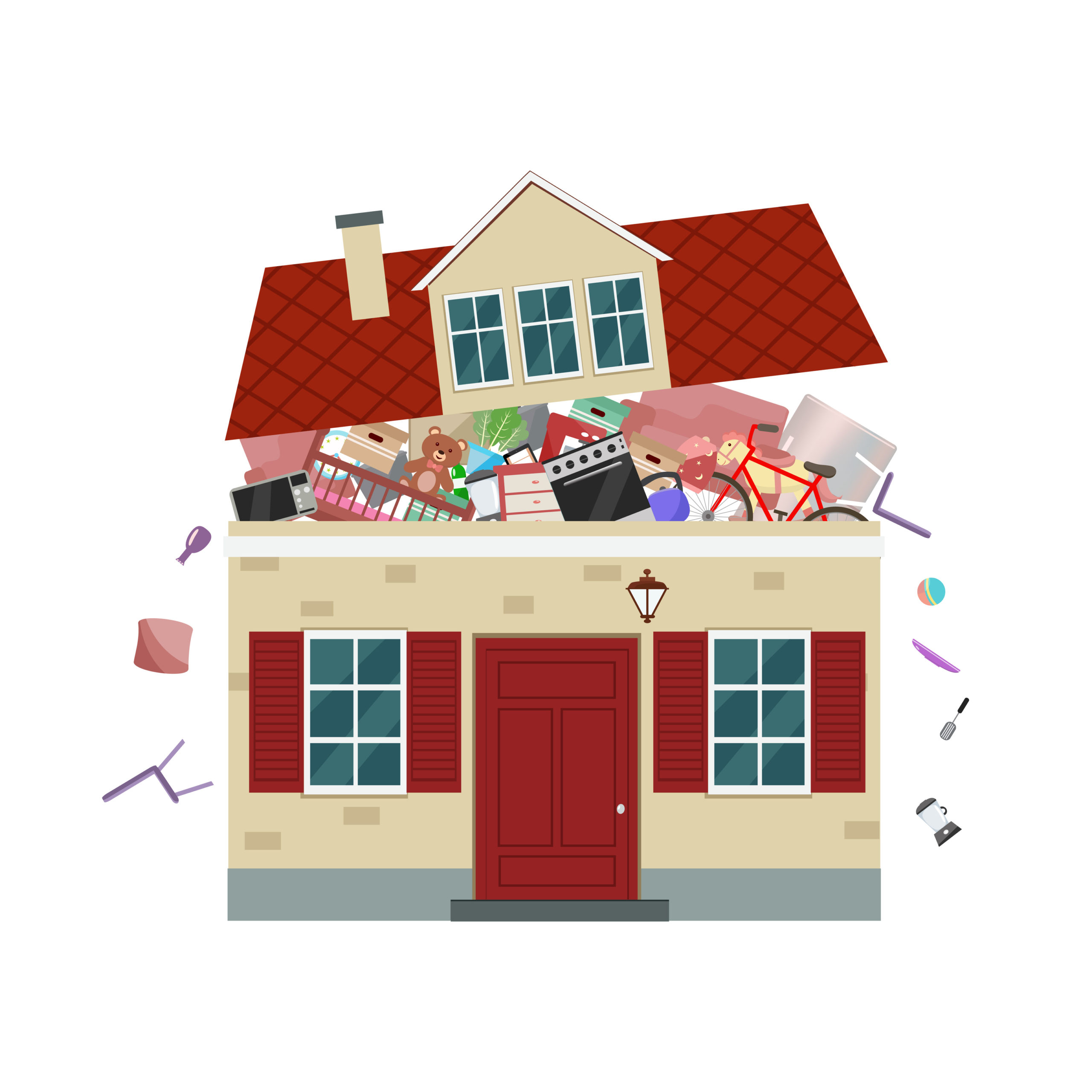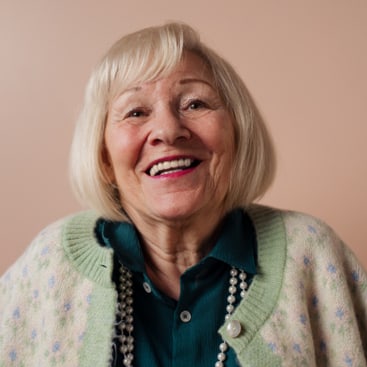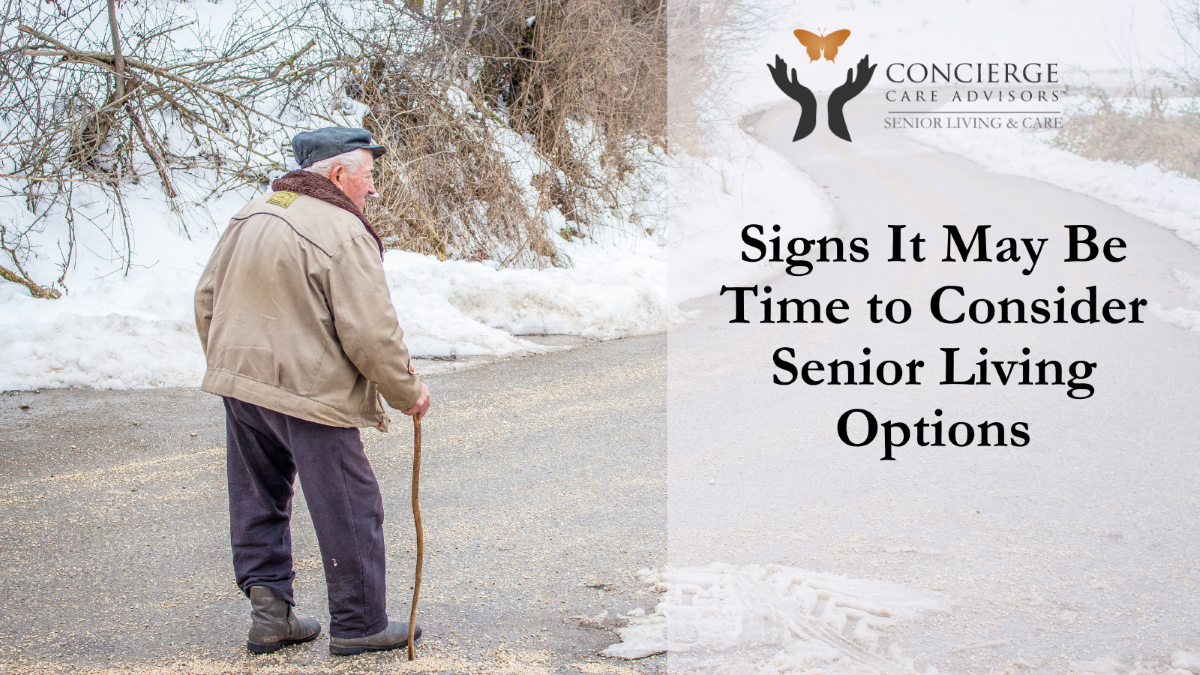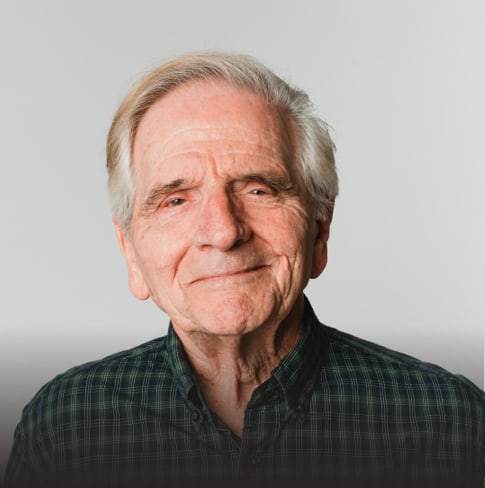By Rose Fabrick, Certified Concierge Care Advisor
Insights from an Individual with Hoarding Disorder
“I’ve always had trouble throwing things away. Magazines, newspapers, old clothes… What if I need them one day? The clutter makes my family upset, and I feel guilty, but I get anxious when I try to throw anything away. I don’t know what’s wrong with me or what to do.”
This powerful testimony highlights the emotional and practical struggles of individuals dealing with hoarding disorder. While hoarding often begins in the teenage years, its severity can increase with age, particularly in seniors. Recognizing the 5 stages of hoarding can help family members and caregivers better understand this complex disorder and provide appropriate support.
The 5 Stages of Hoarding
Stage 1: Mild Clutter and Disorganization
This stage may involve a slightly messy home with clutter in specific areas. There are no major safety hazards, and the individual can still use all living spaces.
Stage 2: Increased Clutter and Difficulty Discarding Items
Clutter begins to spread, and the individual shows reluctance to throw away items. Emotional attachments to possessions often become apparent, and stress levels increase.
Stage 3: Loss of Living Space and Safety Hazards
Rooms may become unusable due to clutter. Unsanitary conditions and fire hazards emerge, and relationships may start to strain as loved ones express concern.
Stage 4: Severe Hoarding and Isolation
Severe clutter interferes with daily activities, and the individual may feel isolated or embarrassed. Health and safety risks, such as infestations or tripping hazards, are common.
Stage 5: Extreme Hoarding and Uninhabitable Conditions
At this stage, the home becomes nearly or entirely uninhabitable. The individual may face eviction, health crises, or interventions from authorities.
Causes and Complications of Hoarding Disorder
Why Do People Hoard?
Hoarding often stems from:
- Fear of losing valuable or sentimental items.
- Emotional attachments to possessions.
- Indecision about organizing or discarding items.
- Stressful life events, such as loss or trauma.
The Impact on Senior Health
Complications of hoarding include:
- Increased risk of falls and injuries.
- Unsanitary conditions leading to health hazards.
- Strained family relationships and social isolation.
- Fire hazards and potential legal issues, such as eviction.
Supporting Seniors with Hoarding Disorder
Finding Appropriate Care
For seniors with severe hoarding disorder, transitioning to a safer living environment may be necessary. Senior placement agencies can assist in finding suitable options, such as adult family homes or assisted living facilities, where the individual can receive the care and support they need.
Resources for Seniors and Families
- Support Groups: Matthew Schwartz facilitates a 6- to 8-week program in Seattle, teaching about hoarding and strategies for support. Clutterers Anonymous offers free virtual meetings.
- International OCD Foundation Recommendations:
- Respect the individual’s pace and decisions.
- Offer sympathy and understanding.
- Collaborate on safety improvements.
- Focus on how decluttering aligns with their personal goals.
Helping Seniors Manage the 5 Stages of Hoarding
Hoarding disorder is a complex condition that requires patience, understanding, and tailored support. Recognizing the 5 stages of hoarding can help families and caregivers approach the situation effectively and compassionately.
Are you looking for a local elder care advisor to help find a safe living environment for a loved one? At Concierge Care Advisors, we specialize in finding the right adult family home or assisted living facility to meet your senior’s unique needs. Our professional team ensures a smooth transition while prioritizing health, safety, and well-being. Visit our Contact Us page to connect with an expert advisor today.

























